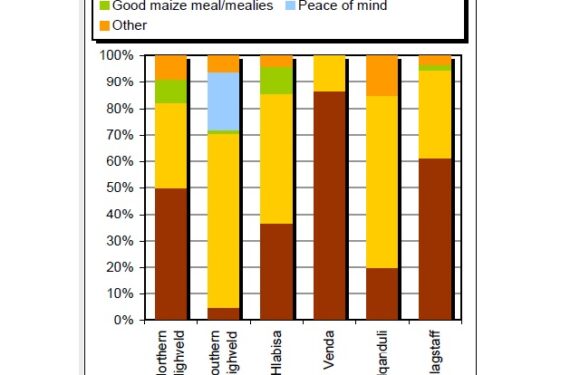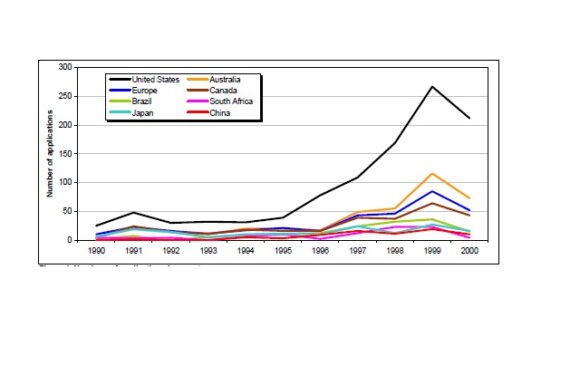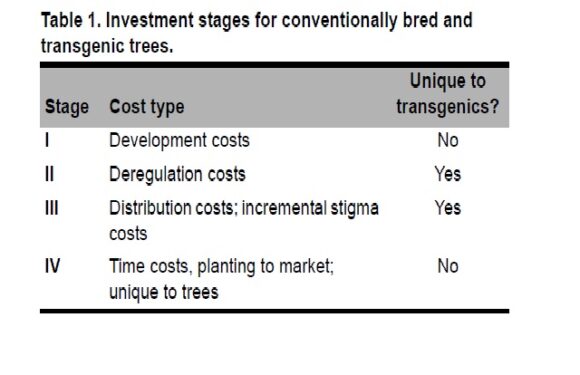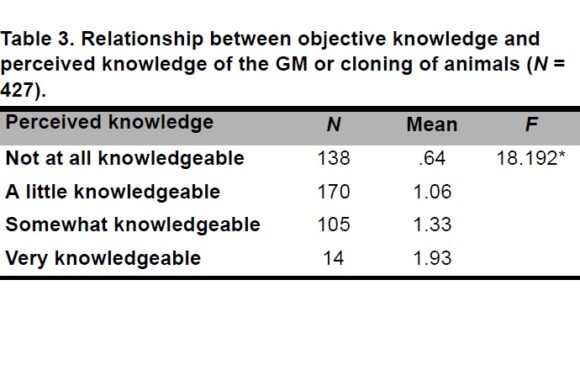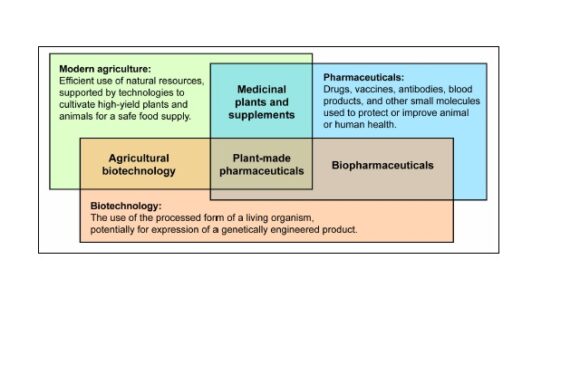Marnus GouseUniversity of Pretoria, South Africa.Carl PrayRutgers University.David SchimmelpfennigUSDA Economic Research Service.Johann KirstenUniversity of Pretoria, South Africa. White maize is the staple food of the majority of the South African population. We examine if smallholder farmers that adopted insect-resistant (Bt) varieties of…
